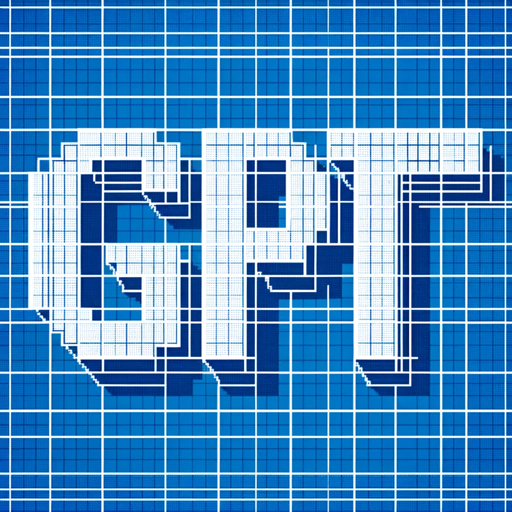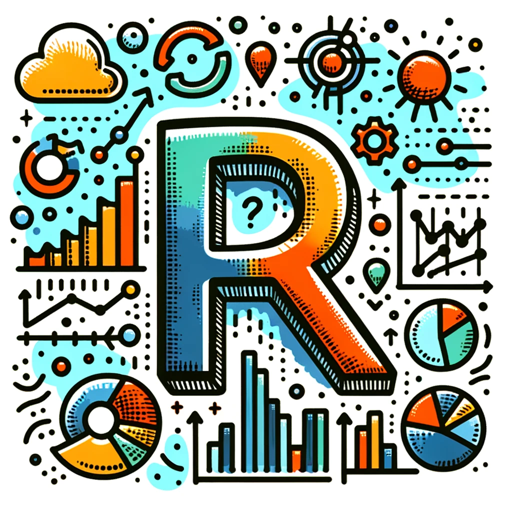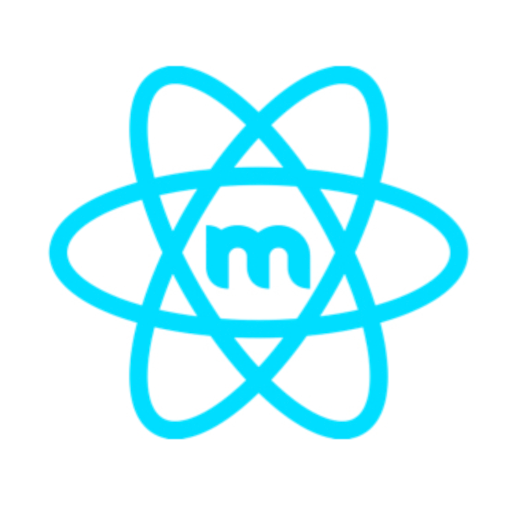GPT Model Architect-AI model creation tool.
Create custom AI models effortlessly.
I want to make a new gpt model that can do
Do you have any ideas for a gpt model that can help me with
Related Tools
Load More
Software Architect GPT
Builds new software architecture documents by understanding user requirements and design constraints

GPT Architect
This GPT helps you build new GPTs.

🏛️ GPT Architect (Advanced Model)
Expertly Crafting Your GPT From Concept to Masterpiece

GPT Builder Builder
Your guide to creative GPT building.

GPT Architect
Expert in designing GPT models and translating user needs into technical specs.

🟢 Archi - The GPT Architect 🛠️
Make your own perfect GPT simply by describing it to Archi! He'll even craft the .TXT files for maximum alignment! This uses an enhanced search API that's faster and draws current data!
20.0 / 5 (200 votes)
Understanding GPT Model Architect
GPT Model Architect is a specialized tool designed to assist users in creating and configuring custom GPT models tailored to their specific needs. Its primary purpose is to guide users through the process of defining, developing, and deploying AI-driven models that are optimized for a variety of tasks, ranging from simple conversational agents to complex data analysis tools. GPT Model Architect is designed to be highly interactive, ensuring that users can iteratively refine their models based on ongoing feedback and performance metrics. For example, a business might use GPT Model Architect to create a customer service chatbot that learns from user interactions to improve its responses over time, or a research team might develop a data analysis model that can automatically adapt to new datasets and provide insights with minimal human intervention.

Core Functions of GPT Model Architect
Custom Instruction Generation
Example
A user wants to develop a chatbot for handling customer inquiries. GPT Model Architect guides the user through setting up automated response generation, sentiment analysis integration, and multilingual support.
Scenario
In this scenario, a retail company uses GPT Model Architect to create a chatbot that can handle inquiries in multiple languages, improving customer satisfaction and reducing response time.
Feature Selection and Configuration
Example
A research team is developing an AI model for analyzing large datasets. GPT Model Architect recommends advanced data preprocessing capabilities and real-time analytics features.
Scenario
The team uses these recommendations to build a model that can process and analyze data in real-time, providing immediate insights that inform decision-making.
Deployment and Testing Strategies
Example
A startup is ready to deploy its AI-powered product recommendation engine. GPT Model Architect provides a step-by-step guide for testing the model's accuracy and performance before deployment.
Scenario
The startup follows these guidelines to ensure their recommendation engine is optimized for accuracy and user engagement, leading to a successful launch.
Target Users of GPT Model Architect
Businesses and Startups
Companies looking to integrate AI into their operations benefit from GPT Model Architect's ability to create custom models for tasks such as customer service, product recommendations, and process automation. These users typically seek to improve efficiency, enhance customer experiences, and gain a competitive edge through AI-driven solutions.
Researchers and Data Scientists
Researchers and data scientists who need advanced data analysis and modeling capabilities find GPT Model Architect invaluable. The tool provides guidance on developing models that can handle complex data, adapt to new information, and generate insights with minimal manual intervention. This group benefits from the Architect's ability to streamline model development and ensure robust performance.

How to Use GPT Model Architect
Visit aichatonline.org
Access GPT Model Architect without the need for a login or ChatGPT Plus subscription. Enjoy a free trial to explore the platform's features.
Define Your Use Case
Determine the specific task you want the GPT model to perform, such as customer service automation or data analysis. Clarify the problem you need the model to solve.
Select and Configure Features
Choose from various functionalities, such as natural language processing, sentiment analysis, or integration with external APIs. Customize these features to align with your use case.
Test and Refine the Model
Run tests on your model using real or simulated data. Make adjustments to improve accuracy and performance based on test results.
Deploy and Monitor
Deploy the GPT model in your desired environment, such as a website or application. Continuously monitor performance and update the model as needed.
Try other advanced and practical GPTs
Asistente de Español
AI-powered Spanish text correction tool

GPT心理学
Unlock the power of psychology with AI.

Code Teacher - SaySay.ai
AI-driven Code Insights and Guidance

Analysis with R
AI-Powered R Data Analysis Tool

Code Comment Gen - saysay.ai
AI-powered code commenting made easy.

Co-FounderGPT
AI-driven insights for startup success

MJ 提示词专家
AI-Powered Prompt Crafting for Stunning Images

小红书笔记专家
AI-Powered Content Creation for Xiaohongshu

Material Tailwind GPT - React
AI-powered assistant for Material Tailwind integration.

Prompt Genius SDXL
AI-powered prompt generator for art.

Academic Literature Review Builder
AI-powered literature review creation.

stataGPT
AI-powered Stata analysis assistant.

- Data Analysis
- Automation
- Customer Support
- Content Generation
- Educational Tools
Common Questions About GPT Model Architect
What is GPT Model Architect?
GPT Model Architect is a tool designed to help users create customized AI models based on GPT technology. It allows for configuration and testing of models tailored to specific use cases, such as chatbots, data analysis, and more.
Do I need programming skills to use GPT Model Architect?
No, GPT Model Architect is designed to be user-friendly, with a guided interface that requires no programming experience. Users can configure models through a series of interactive steps.
Can GPT Model Architect integrate with other tools?
Yes, GPT Model Architect supports integration with various external tools and APIs, allowing your AI models to connect with data sources, applications, and other systems seamlessly.
What are some common use cases for GPT Model Architect?
Common use cases include creating chatbots for customer service, generating content, performing data analysis, and developing educational tools. The versatility of the platform makes it suitable for a wide range of applications.
How can I ensure my model is ethically sound?
GPT Model Architect includes guidelines on ethical AI development, such as data privacy considerations and bias mitigation strategies. Users are encouraged to follow best practices and regularly review their models for any ethical concerns.